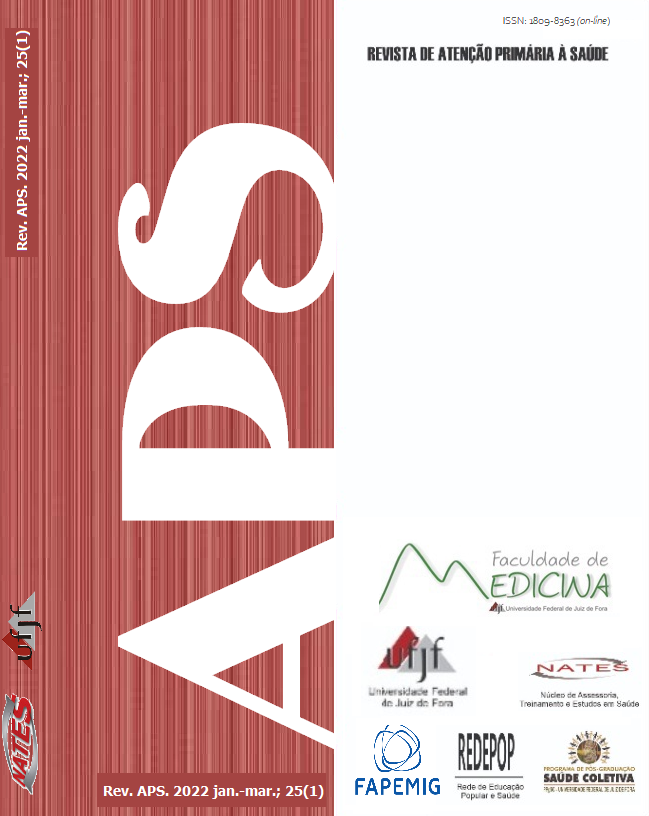Associação entre consolidação da Saúde da Família e menor incidência de sífilis congênita: estudo ecológico
DOI:
https://doi.org/10.34019/1809-8363.2022.v25.35513Keywords:
Syphilis, Congenital, Health Status Disparities, Family Health StrategyAbstract
Abstract
Objectives: To estimate temporal trends in incidence of congenital syphilis (CS) in Minas Gerais and health regions and to investigate spatial distribution of disease, identifying regions of higher incidence and its association with socioeconomic and care factors.
Methods: Ecological study that used health regions as units of analysis. Temporal trends in incidence of CS from 2001 to 2018 were estimated for the state and its 13 health macro-regions and in the second stage a spatial analysis was performed to investigate the association between average incidence of SC from 2011 to 2018 and socioeconomic and care factors in 2010 in health micro-regions.
Results: All health regions had great growth in incidence of CS and the state rate had an average annual increase of 22.5% (95% CI:17.3%; 28.0%). Incidence rates were higher in large urban centers and lower in regions with the highest Human Development Index. The regions with consolidated ESF had rates 24.4% lower (95% CI: 0.5%; 42.8%). The higher proportion of adequacy of prenatal care to the minimum number of recommended consultations was also associated with lower incidence rates.
Conclusions: The incidence of CS has grown significantly in the recente period, especially in large urban centers and regions with less FHS coverage and prenatal care.









